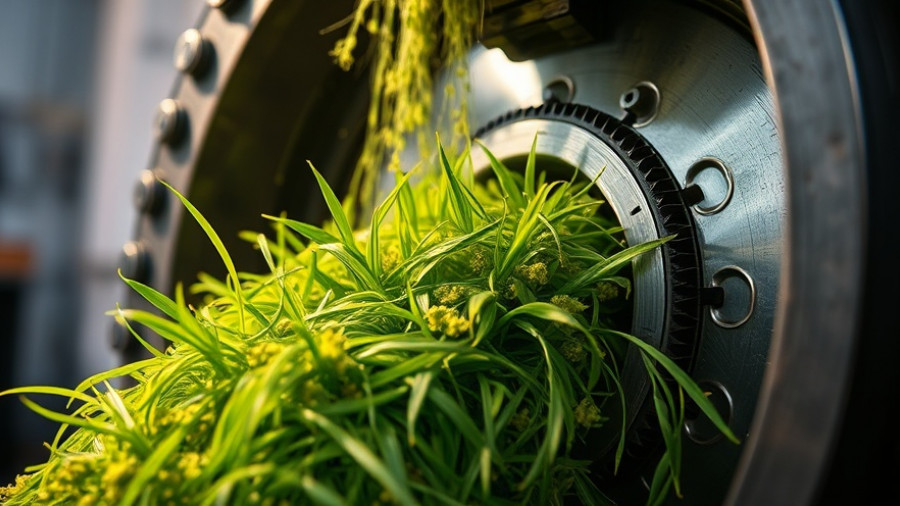
A New Era for Dutch Agriculture: Revamping Land After Three Decades
In the heart of Friesland, a significant transformation is underway at the farm of Klaas Hellinga. After thirty years, the farmer is finally upgrading both the drainage systems and the grassland on his property, a vital step for adapting to the changing agricultural climate.
Understanding the Importance of Drainage
As agricultural practices evolve, maintaining efficient drainage systems has become critically important. The outdated systems on Hellinga's 8-hectare grassy field were not meeting the modern demands of farming. Farmers need to ensure that soil remains productive despite fluctuations in weather. Hellinga has concealed knowledge of the historical context of his land, which lies in an area once occupied by the Middelzee, meaning that the potential for soil stagnation has always been a concern. By renewing his drainage, he is proactively enhancing the land's suitability for high-yielding grass varieties, which are essential for the sustainability of his dairy operation.
Grassland Renewal: A Timely Decision
Hellinga’s decision to also replace the thirty-year-old grass mat complements the drainage work perfectly. Nearly 240 dairy cows and their young must rely on fresh, high-quality forage. This critical update not only improves productivity but also aligns with eco-friendly practices by minimizing the fertilizer needed.
The Role of Modern Technology in Agriculture
As technology continues to revolutionize agriculture, these improvements at Hellinga’s farm exemplify how traditional practices are adapting. The collaboration with Weidse Blik, a forage and advisory company, suggests that farmers are increasingly leaning on expert guidance for seed selection, vital for achieving optimal health in pasture.
Challenges and Considerations Ahead
Yet, as with all agricultural updates, challenges loom. While the much-needed renovation is underway, the unpredictability of weather patterns can pose risks to both installation and crop yield. Hellinga shared his recent experience of only receiving modest rainfall, underscoring the significance of water management, particularly when transitioning land. Farmers must also consider the market dynamics around grassland prices, which have risen sharply, emphasizing the importance of sustainable agricultural planning amidst rising operational costs.
A Green Future for Farming
The efforts by Hellinga signal a broader trend in Dutch agriculture where modernization meets sustainability. Farmers nationwide can look to these initiatives as a blueprint for their own operations, focusing on renewal and resilience. As he prepares to undertake a similar project on the next 12 hectares, Hellinga is contributing to a larger narrative of sustainable farming practices in the Netherlands.
If you are a member of the agricultural community or simply curious about how modern farming practices are evolving, it’s essential to stay informed and proactive. Consider visiting local agricultural workshops or consulting experts to learn more how you can apply these insights to your farm.
 Rij toevoegen
Rij toevoegen






Write A Comment